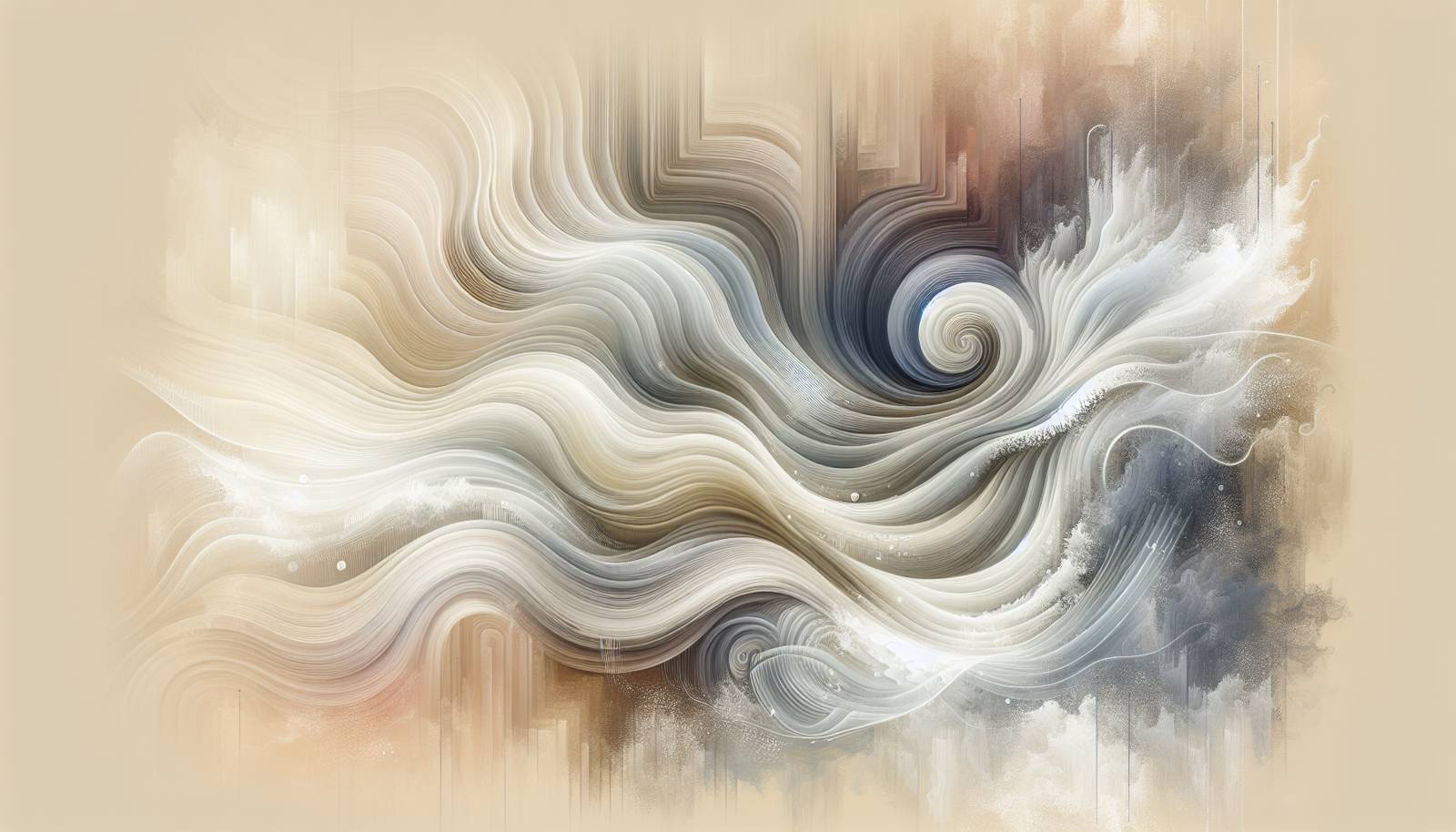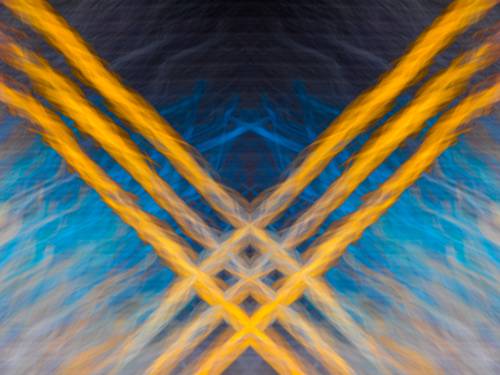
FAQ About The Impact of New Media on Traditional Art Forms

What is considered 'new media' in the context of art?
'New media' in art refers to artworks created with new technology, including digital art, computer graphics, interactive installations, virtual and augmented reality, and internet-based art. Unlike traditional art forms such as painting and sculpture, new media art often involves multimedia and interactive elements, allowing for greater experimental and immersive experiences.

How does new media technology influence the creation of traditional art forms?
New media technology has significantly influenced traditional art forms by providing artists with innovative tools and methods for creation. Artists can now use digital tools to sketch, paint, and sculpt. Software like Procreate and Adobe Photoshop enables precision, experimentation, and integration of multiple mediums within one piece. Additionally, digital platforms allow artists to collaborate and share their methods across the globe.

What impact does new media have on art exhibitions and galleries?
New media has transformed art exhibitions and galleries by allowing for digital and virtual displays of artworks. Virtual reality (VR) and augmented reality (AR) enable interactive and immersive exhibition experiences. Galleries can reach broader audiences online and offer novel ways for viewers to experience art without geographical constraints, often increasing accessibility and engagement.

In what ways has audience interaction with art changed due to new media?
Audience interaction with art has significantly changed due to new media by becoming more immersive and participatory. Interactive installations and digital art invite viewers to become part of the artwork through physical interaction or online platforms. Social media and art apps allow audiences to engage with and comment on art, creating a dynamic and ongoing dialogue between artists and viewers.

How does digital art challenge traditional concepts of originality and authenticity in art?
Digital art challenges traditional concepts of originality and authenticity because of its inherently reproducible nature. Unlike a physical painting or sculpture that exists as a singular object, digital artworks can be copied perfectly. This shift questions the value and uniqueness traditionally associated with original artworks, leading to new discussions in art theory and practice about what constitutes an original piece.

What role do social media platforms play in the distribution of art?
Social media platforms play an integral role in the distribution of art by allowing artists to reach global audiences quickly and inexpensively. Platforms like Instagram, Facebook, and TikTok help artists to showcase their work, connect directly with audiences, and build communities. These platforms increase visibility and provide a means for artists to receive immediate feedback and engage in direct dialogue with viewers and collectors.

Can traditional art forms and new media coexist within the same artwork?
Yes, traditional art forms and new media can coexist within the same artwork, often leading to a richer artistic expression. For example, artists might integrate traditional techniques like painting or drawing with digital editing or animation, creating mixed media pieces. This blending enriches both artistic exploration and audience experience, allowing both traditional and new media to complement and enhance one another.

What challenges do artists face when integrating new media into their work?
Artists face several challenges when integrating new media into their work, including technical skill acquisition, cost of technology, and rapid technological advancements. Mastering new tools requires time and investment in learning digital platforms and software. Additionally, the pace of tech evolution can make certain media quickly outdated, compelling artists to continuously adapt and learn new skills to stay relevant.

How has the role of the art curator changed with the advent of new media?
The role of the art curator has evolved significantly with new media, as they are now required to curate digital content and manage virtual exhibitions. Curators must be knowledgeable about new technologies, platforms, and the complexities of preserving digital art. They also need to rethink audience engagement strategies, balancing physical and digital spaces to create cohesive experiences.

What are some examples of successful integration of new media in art?
Examples of successful integration of new media in art include immersive installations like teamLab's interactive digital exhibits, which use projection mapping and motion sensors, and Olafur Eliasson's VR projects that offer viewers virtual explorations of art environments. These works blend technology with creativity, enriching the audience's interaction with art and expanding the possibilities of artistic expression.

How do new media art forms affect the art market?
New media art forms affect the art market by introducing new types of sales and valuation methods. Digital art makes use of platforms like blockchain for selling artworks as Non-Fungible Tokens (NFTs), changing how art is purchased and owned. These innovations could democratize art collection but also raise questions about value, speculation, and the future of art as a commodity.

What are Non-Fungible Tokens (NFTs), and how do they relate to new media art?
Non-Fungible Tokens (NFTs) are unique digital assets verified using blockchain technology. They are used to represent ownership of digital art, allowing artists to sell their work online while preserving the authenticity and traceability of ownership. NFTs have become an integral part of new media art, revolutionizing how digital artworks are bought, sold, and valued.

What are the environmental concerns associated with new media art?
Environmental concerns associated with new media art primarily relate to the energy consumption of digital tools and platforms, especially blockchain technology used for NFTs. The carbon footprint from energy-intensive processes can be significant, prompting artists and technologists to seek more sustainable practices, such as using green energy-focused blockchains and minimizing unnecessary digital emissions.

How has the teaching of art evolved with the rise of new media technologies?
The teaching of art has evolved by incorporating digital tools and platforms into the curriculum, preparing students for contemporary practices. Art education now often includes courses on digital illustration, video production, sound design, and programming. This enables students to blend traditional techniques with new media, ensuring they have the skills to navigate a rapidly changing artistic landscape.

How do augmented reality (AR) and virtual reality (VR) enhance art experiences?
Augmented Reality (AR) and Virtual Reality (VR) enhance art experiences by creating immersive environments where viewers can interact with the artwork in transformative ways. AR can overlay digital content in the real world, while VR offers fully virtual spaces for audiences to explore. These technologies expand creative possibilities, allowing artists to craft unique and engaging experiences beyond physical constraints.

What is the future of traditional art forms in the age of new media?
While new media presents challenges, traditional art forms are unlikely to disappear. Instead, they may continue to adapt and integrate with new technologies, finding new contexts and expressions. The future may see a greater blending of traditional and digital practices, with some artists preserving classical methods while others fully embrace the digital age to explore uncharted creative territories.

How do artists use new media to address social and political issues?
Artists use new media to address social and political issues by creating works that are interactive, viral, and accessible globally. Platforms like social media allow art to reach a wide audience quickly, making it a powerful tool for advocacy and awareness. Artists can also use digital tools to highlight and document issues creatively, engaging viewers to think more critically about global challenges.

Is the appreciation of art changing due to the influence of new media?
The appreciation of art is indeed changing with new media's influence, shifting towards a more interactive and participatory paradigm. Audiences now expect immersive experiences and direct interaction with artworks, both physically and digitally. This democratization has broadened what is considered valuable in art and emphasized the experiential over the purely aesthetic.

What are the preservation challenges of digital art as a traditional art form?
Preserving digital art poses unique challenges such as software obsolescence, hardware compatibility, and file format degradation. Curators and archivists need to develop strategies to maintain accessibility and integrity of digital works over time. Solutions may include updating artworks for new platforms, employing digital conservation techniques, and using emulation to keep older works accessible.

Can new media collaborations change the way art is produced?
New media collaborations can significantly change the way art is produced by bringing together interdisciplinary teams, including artists, technologists, developers, and engineers. These collaborations foster innovation and push the boundaries of what can be achieved in art, leading to unique creations that blend art and technology and explore new dimensions of artistic expression.
